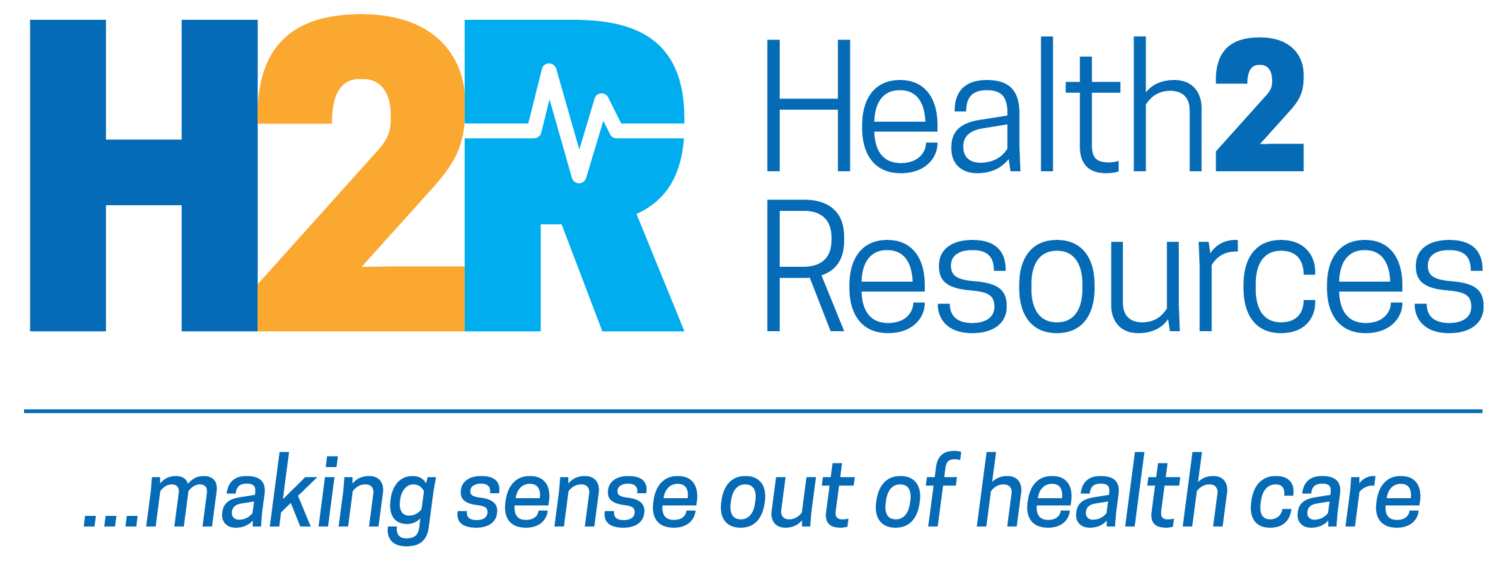June 24, 2021 | Medicaid enrollment hits all-time high
INDUSTRY NEWS
Medicaid enrollment hits all-time high
Medicaid enrollment rose sharply during the coronavirus pandemic, with nearly 10 million Americans joining the public health coverage program for the poor through January, CMS reported Monday. Eighty million people—more than ever before in the program’s history—now have Medicaid coverage. “In past economic downturns there has been substantial growth in Medicaid enrollment, but it was concentrated among children,” said Rachel Garfield of the Kaiser Family Foundation. “This time, it’s interesting we’re seeing much of the enrollment happening among adults.” (New York Times*; CMS report)
Low vax rates correlate with uptick in cases
Vaccinations matter, and we’re starting to see the consequences of low COVID-19 vaccination rates. States with higher vaccination rates now have markedly fewer coronavirus cases, but infection rates are rising in many places with lower vaccination rates, according to a new Washington Post analysis. States with lower vaccination also have significantly higher hospitalization rates. The connection between vaccine shots and coronavirus cases also occurs at the county level. (Washington Post*; GTMRx blog post)
INNOVATION & TRANSFORMATION
New org will advance primary care
Primary care is the key to transforming health care in America, write ACP President George M. Abraham, MD, MPH, and AAFP President Ada D. Stewart, MD. “Unfortunately, the US health care system has long over-emphasized and over-invested in the sub-specialization of physicians and the specialization of care.” The result: a health care system that overspends and underperforms and a population that is less healthy.” To address that, they announced the launch of Primary Care for America, a collaboration focused on demonstrating the value of primary care, the need for increased primary care investment and the importance of innovation in primary care delivery and payment models. (Politico)
Report: Innovative care solutions key to VBP
A recent Family Practice Management supplement draws a direct line between the “quadruple aim” (i.e., better patient population health, better patient satisfaction, lower cost of care and greater primary care team satisfaction) to what the AAFP calls the “quadruple right” (i.e., delivering the right care to the right patient at the right time in the right location). “To achieve the quadruple right, the goals of VBP should be inherently aligned and rely on implementing innovative care solutions.” The supplement points to behavioral health integration and home-based primary care as two examples. (AAFP News; supplement: “Innovative Care Delivery: Behavioral Health Integration and Home-based Primary Care” )
CONSUMERS & PROVIDERS
Study: Poorly designed EHRs harm patients
Poorly designed EHR systems may accelerate clinician burnout and increase risks safety risks for surgery, according to a new study published in Medical Care, a journal of American Public Health Association. The study, which included 12,004 nurses, 1.3 million surgical patients and 343 hospitals in four states, found that surgical patients receiving care in hospitals with poor EHR usability were 21% more likely to die in the hospital after their procedures and 6% more likely to be readmitted within 30 days than those being treated in hospitals with better EHR usability. (Modern Healthcare*)
Survey: Most practices don’t address burnout
Only 39% of respondents to a recent survey said their practices had taken concrete steps to address burnout in the prior 12 months. That’s troubling, Jessica Sweeney-Platt of athenahealth, which released the survey, tells HealthLeaders Media: Those that said their practice hadn’t taken such steps were much more likely to report feeling rushed in their interactions with patients. Among the other findings: More female physicians (32%) reported feeling burned out at least once a week compared to male physicians (26%). Older physicians (65+) were burned out less frequently (with 52% responding “never” or “a few times a year or less”) than those under 65 (37%). (HealthLeaders Media; athenahealth announcement)
NEW & NOTED
Little hesitancy here: An American Medical Association survey finds that that 96% of physicians reported that they were fully vaccinated against COVID-19. (AMA)
Physician shortage continues to loom: The US could see an estimated shortage of between 37,800 and 124,000 physicians by 2034, in both primary and specialty care, according to a new report from the Association of American Medical Colleges. (FierceHealthcare; report announcement)
Running out of arms: “We're running out of people who have indicated that they want the vaccine as soon as possible,” according to analysis from CNN. “So what’s needed to move the needle, as it were?” A sense of urgency among the unvaccinated. (CNN)
MULTI-MEDIA
If the U.S. wants to give everyone access to health care, fee-for-service medicine must go, Donald Berwick, MD, former president of the Institute for Healthcare Improvement and former CMS chief, said at a webinar on value-based care sponsored by the Duke Margolis Center for Health Policy. He touched on an array of issues, including waste, social determinants of health and physician satisfaction. “And we can't have a demoralized workforce; there has to be attention to the effect of our changes on joy and work." (webinar; MedPage Today)
MARKETVOICES...QUOTES WORTH READING
“Addressing the physician shortage requires a multipronged solution that starts with educating and training enough physicians to meet America’s needs and includes improving access to care, diversifying the physician workforce and ensuring our nation is prepared to address current and future public health crises. Now more than ever, the nation must make a long-term investment in the health care workforce. The time to act is now.”–AAMC President and CEO David Skorton, MD, in a prepared statement
